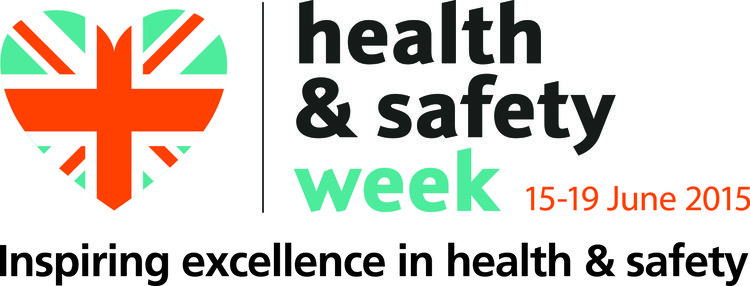Rheumatoid Arthritis Awareness Week starts on 15 June. As part of the week, the National Rheumatoid Arthritis Society is raising awareness about the condition and the impact it can have on employment.
Rheumatoid Arthritis (RA) is an autoimmune condition that can be difficult to diagnose. Some of the symptoms include pain and swelling in the joints and extreme fatigue.
40 per cent of those diagnosed with RA leave work within the first five years, while those that do stay in work take, on average, 40 days of sickness leave, compared to the 6.5 days, on average, for those that do not have RA.
The National Rheumatoid Arthritis Society hopes to create better communication between employers and employees about RA in order to facilitate better working conditions and medical leave, if appropriate, for those who suffer from the condition.
The society says it is also important for employers to fully understand what the limitations are of someone with Rheumatoid Arthritis, and how they can continue to do their job to the best of their ability.
Leanne Briggs started getting symptoms of RA in February 2013 while working as a senior events manager for a corporate events company. She began to suffer from pain in her face and shoulder, and was unable to move her arm. Initially diagnosed with stress and then a pulled muscle, it took three different GPs to properly diagnose the condition, by which point Leanne had already moved to more freelance work in an attempt to reduce her stress levels.
While waiting for her follow up appointment the pain got worse. “I went quite rapidly downhill,” Leanne says. “The pain was unbearable, and in the meantime I was being tested for Lyme disease. I was eventually put on Tramadol to help with the pain. I was pretty much bed bound and unable to do much for about six weeks, while working sporadically.”
Leanne started treatment in November 2013 but was unable to work full time, only managing half days. “I had to think about a plan B for work, as being sore with severe fatigue was not a good combination with being on my feet all day when managing demanding events. I took on some more office-based work by reverting back to planning events, rather than managing events.
Eventually Leanne made the decision to leave her job, as the stress made her physically sick and her RA flared up again. Fortunately she was approached by a more understanding company and started working for them in late 2014.
“I now work for a company that appreciates me, wants me working alongside them and most importantly, understands my RA. Yes, it’s hard work at times, but it’s what I enjoy doing. It was important not to let this disease define who I am. The flares and fatigue are still present, but not as much as before, and it’s reassuring that my colleagues understand when I have slower days.”
 This year’s Health and Safety Week, also running from 15 June, is focusing on occupational health. As fatalities from safety related work incidents decrease year on year, occupational health cases are on the rise. The aim of Health and Safety Week 2015 is to inspire employers and employees to embrace health in the workplace by instigating initiatives and programmes throughout the year.
This year’s Health and Safety Week, also running from 15 June, is focusing on occupational health. As fatalities from safety related work incidents decrease year on year, occupational health cases are on the rise. The aim of Health and Safety Week 2015 is to inspire employers and employees to embrace health in the workplace by instigating initiatives and programmes throughout the year.
What makes us susceptible to burnout?
In this episode of the Safety & Health Podcast, ‘Burnout, stress and being human’, Heather Beach is joined by Stacy Thomson to discuss burnout, perfectionism and how to deal with burnout as an individual, as management and as an organisation.
We provide an insight on how to tackle burnout and why mental health is such a taboo subject, particularly in the workplace.


